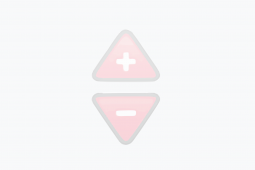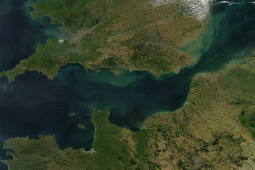What Are the Major Muscle Groups?
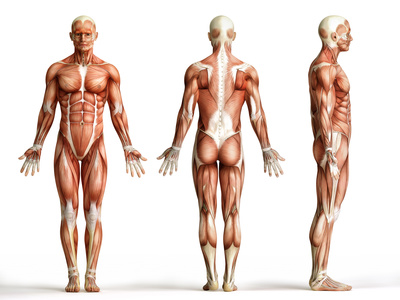
What Muscle Groups Can Be Found in the Human Body
When I first started looking into the major muscle groups, I was not expecting controversy! There are two camps when it comes to what ‘counts’ as a major muscle group. Some count 11 groups, while others count 13. I’m staying neutral on this debate. The idea of this article is to give you a quick guide to all the different muscle groups – along with some tips for the right exercises for each one.
A common format is to split the main groups into arms, legs and core.
Major Muscle Groups: The Legs
This part is no so controversial. The legs have 3 major components (though many more smaller muscles). At the front, you will find your quads, or quadrupedal muscles. These are large muscles, and are joined by your hamstrings on the back part of your upper leg. Both of these do a lot of work moving you around. The lower leg has a bony front, with only a single major muscle – the calves – on the rear.
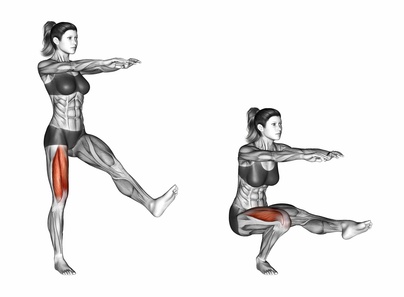 Working Out Your Leg Muscles:
Working Out Your Leg Muscles:
We have all seen the entertaining result of people who neglect their legs during strength training! Leg day is important to maintain a balance if nothing else. Squats are the mainstay of strength training which focused on the legs. This should ideally be joined by curls, extensions and dead-lifts to make sure that all the main muscles get a workout.
Running, cycling, stepping and work on elliptical trainers all give your legs a workout. In fact, it is hard to find a decent cardio workout which does not have a big component of leg work attached.
Major Muscle Groups: The Arms
Let’s start with the lower arm, or forearm, this official name for the main muscles are the forearm extensor (top) and flexor (bottom). There are many more muscles in this group. They have an important role to play in gripping and supporting hand movements. If you try climbing (usually via a specially designed climbing wall) for the first time, you will know all about your extensor and flexor muscles the next morning!
Better known are the Biceps (at the front of your arm) and Triceps (at the rear). These are often the focus for young men when they first start strength training.
Sometimes, the shoulders are counted as part of the core / upper body muscle groups. These cap the top of the arms, and are linked to both the arm muscles and the back / chest muscles. A very important pair of major muscles for arm movement.
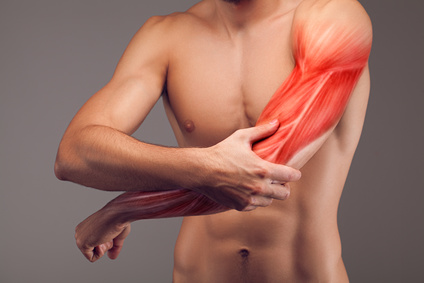
Working Out Your Arm Muscles:
There is a whole genre of fitness equipment – from dumbbells and kettlebells through to the latest home multi-gyms – which are focused on giving you bigger arm muscles. For some people, a little bit of tone would be better than bulging biceps. If simply getting rid of your bingo wings is on the agenda, then check out the Evo Arm from PowerSpin!
For those keep on the strength training component, that do not get the chance to go to the gym as often are you might like – You will find some excellent value multi-gyms on this page.
Major Muscle Groups: The Core
When most people think of the core, it is the abdominal muscles they are thinking of. This is the group you will see prominently when someone has a 6-pack and covers most of the lower front of your body. Above these are the chest, or pectoral muscles. These play an important part in pushing actions – for example opening a door.
To the sides you have 2 pairs of muscles. These are the main ones left out when you see a list of 11 major muscles, rather than 13. They are the obliques, which are at the lower part of your body on either side – and the lats which are above them.
There are two more major groups on your back. The upper back has a diamond shape. This starts at the neck and continues about half way down your back. Beneath this is your lower back, which has a major role in posture.
Exercising Your Core Muscles:
When most people think of core muscle exercises, the abs are the focus. There are a lot more muscles to consider. If you really want to work those abs, I have a page dedicated to rollers, benches, power towers and many other pieces of abs focused workout equipment.
As tempting as it can be to work on your pecs, shoulders and abs – keeping your back muscles in good shape makes a big difference. Not only will you improve your posture and strength in the short term – you will find long term benefits too. A large proportion of people suffer back problems at some point. Making sure your back and core are strong can help you avoid this.
More Quick-Fire Fitness Guides:
- Cortisol and Fitness
- Best Yoga Mat
- 10 Beach Fitness Activities
- Preventable Running Injuries
- Staying Fit at Your Desk
- Budget Home Multi-Gym From Olympic 2000
- Streaks May Not be Right for You!
